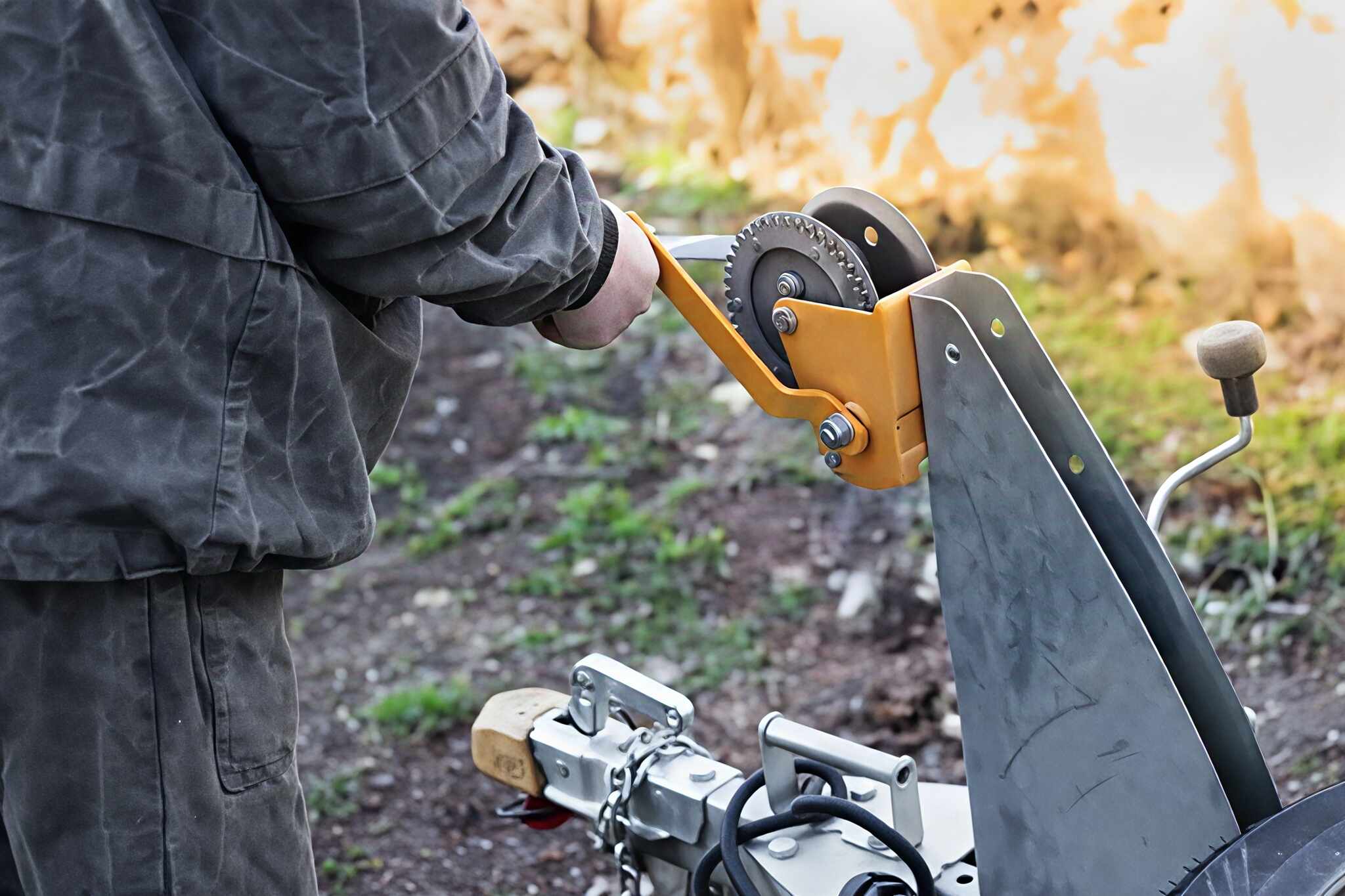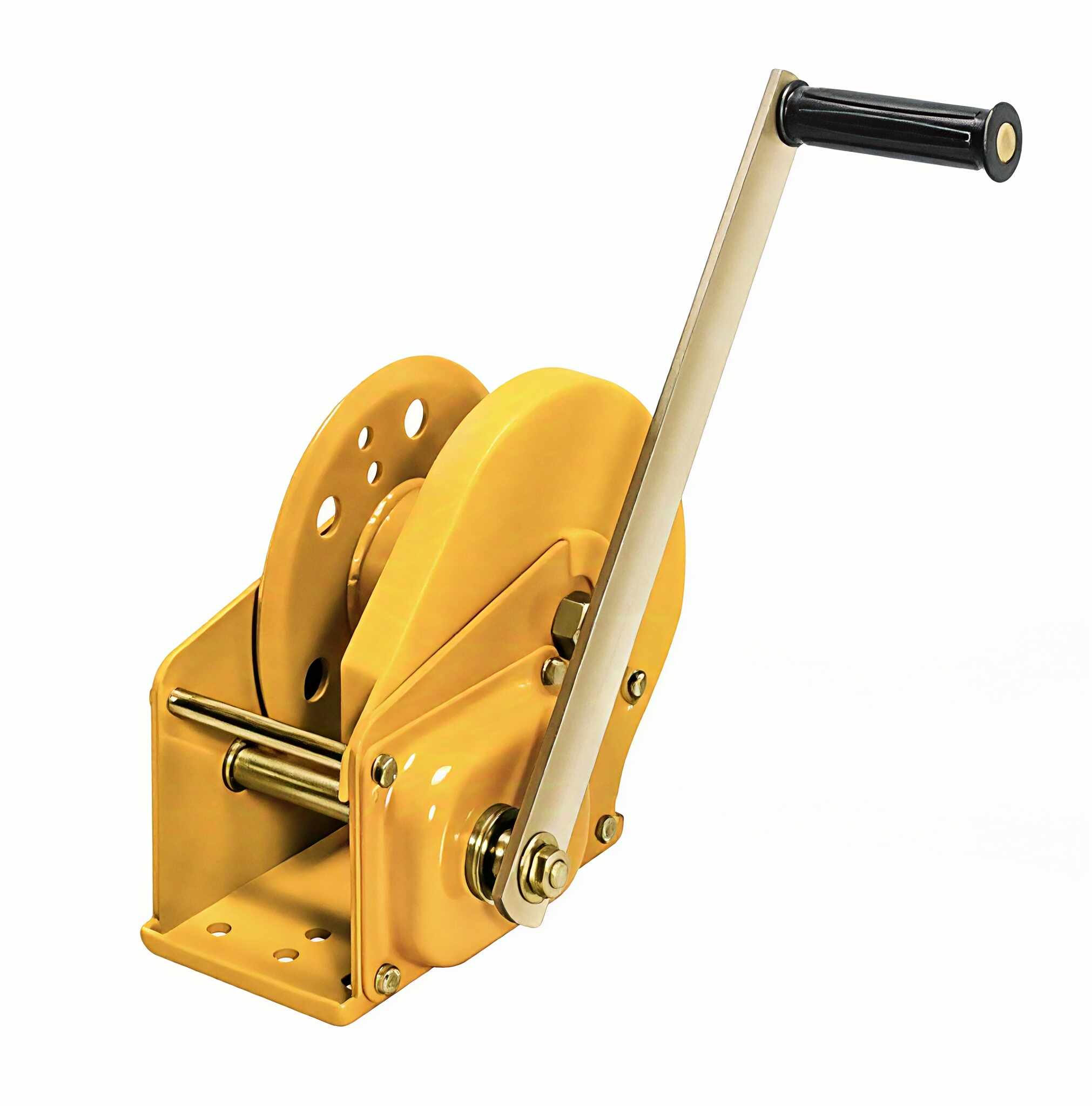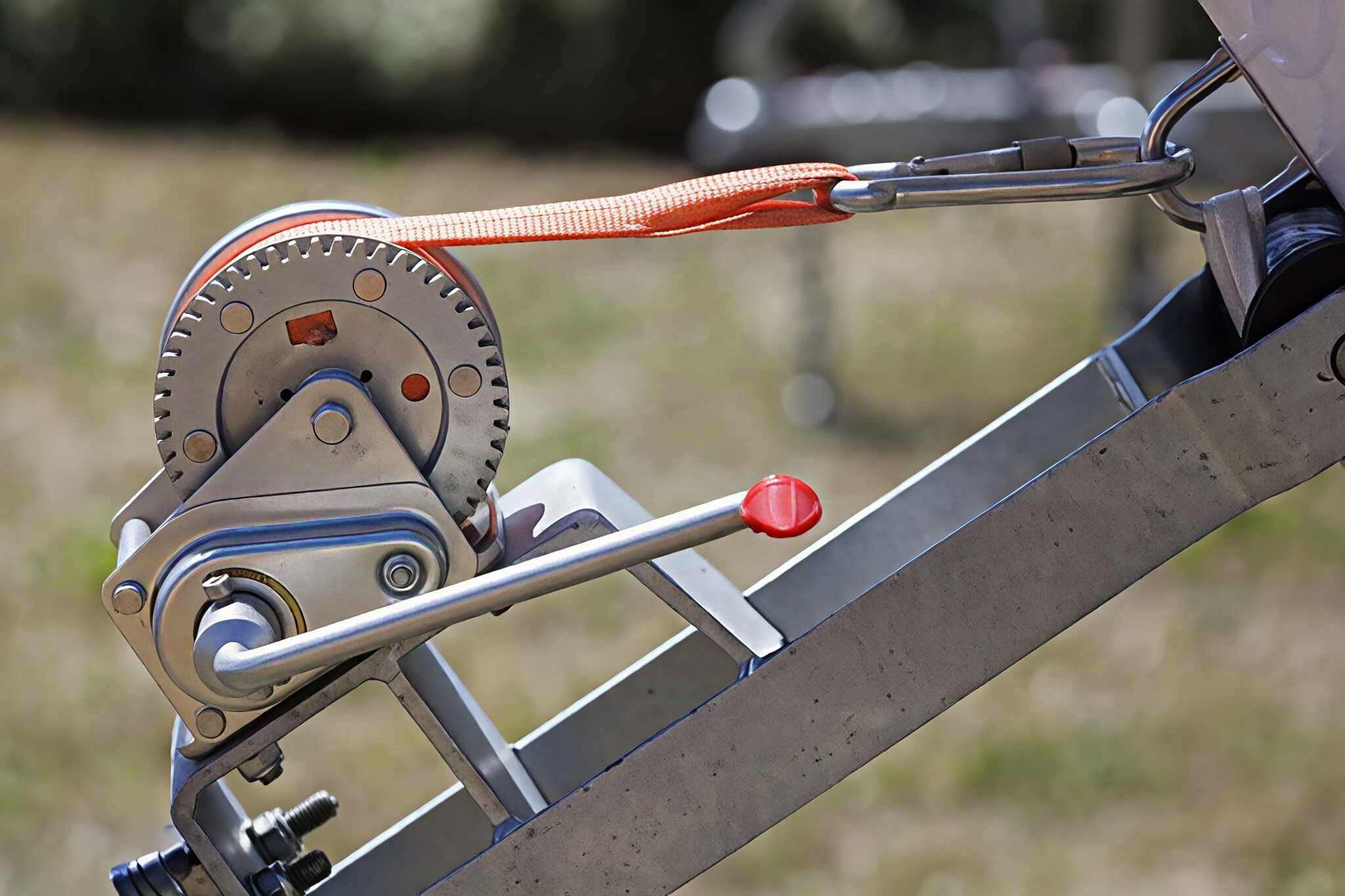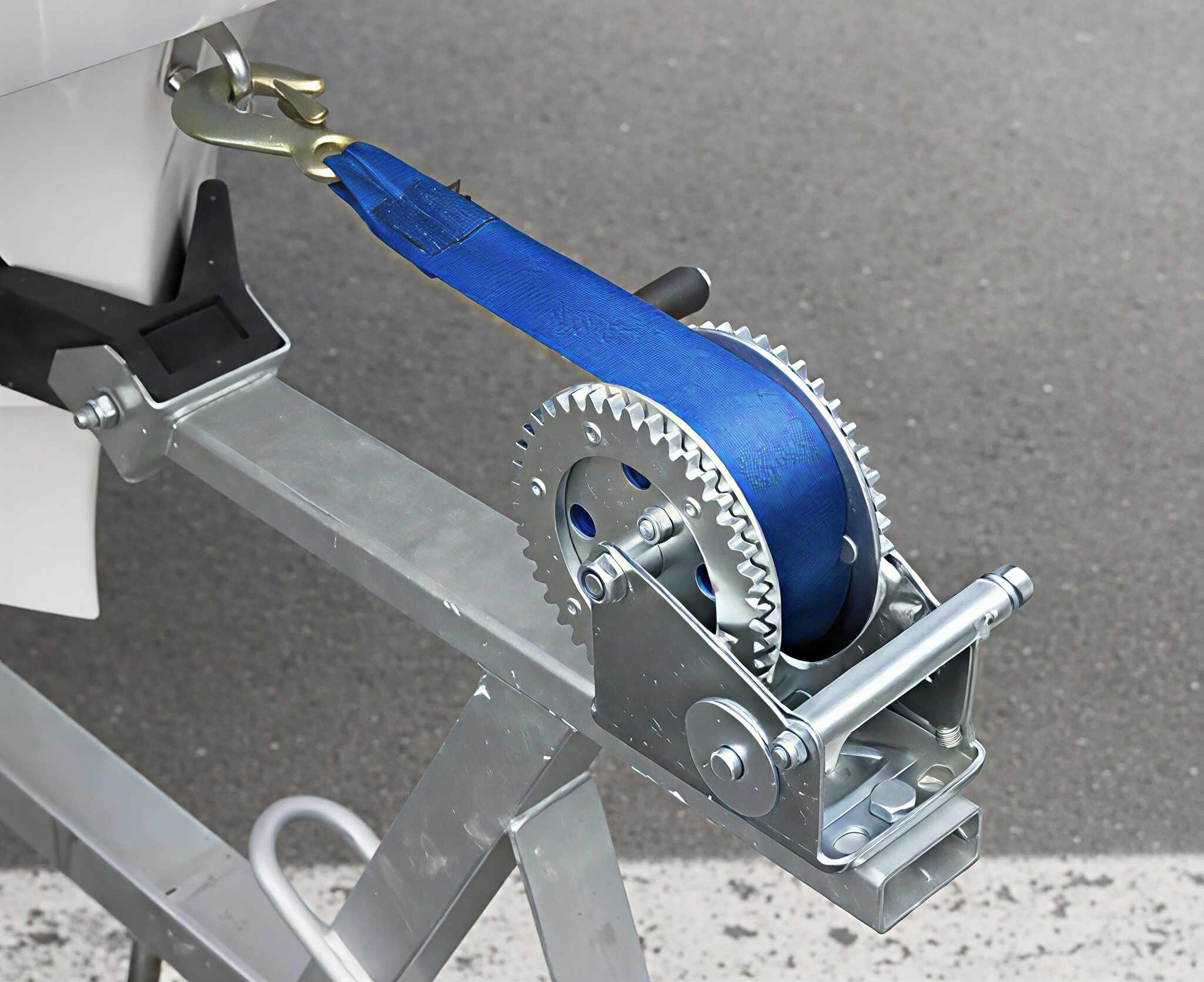Ningbo, China, May 30, 2025 – For businesses in marine, towing, or logistics, selecting the right trailer winch can transform your operations. A reliable winch ensures faster, safer, and more cost-effective work, whether you’re loading boats at a marina or managing utility trailers. Force Rigging, a trusted name in rigging solutions, shares practical tips to help procurement managers and business owners choose a winch that delivers durability, performance, and value. Backed by real-world examples, lab-tested data, and industry standards, here’s your guide to making the smart choice., China, May 30, 2025 – For businesses in marine, towing, or logistics, selecting the right trailer winch can transform your operations. A reliable winch ensures faster, safer, and more cost-effective work, whether you’re loading boats at a marina or managing utility trailers. Force Rigging, a trusted name in rigging solutions, shares practical tips to help procurement managers and business owners choose a winch that delivers durability, performance, and value. Backed by real-world examples, lab-tested data, and industry standards, here’s your guide to making the smart choice.
A trailer winch is a mechanical device that pulls heavy loads—like boats, vehicles, or cargo—onto trailers using a strap or cable wound around a drum. Manual winches rely on hand-cranking, while electric models use motors for effortless power. At Force Rigging, our winches are built with precision-engineered gears and corrosion-resistant materials, meeting ISO 9001 and CE standards for professional use.
For example, a West Coast marina adopted our 5,000-pound electric winch and cut boat-loading time by 20%, handling up to 15 boats daily with fewer staff. Similarly, a Midwest logistics firm upgraded to our 8,000-pound winch, reducing downtime by 25% during peak seasons, saving an estimated $10,000 annually in operational costs.

Drum: Stores the strap or cable, designed for tangle-free winding. Our drums are coated with zinc phosphate, tested to withstand 1,000 hours of salt spray per ASTM B117 standards.
Gear System: Amplifies pulling force with ratios like 4:1 for light loads or 10:1 for heavy ones. Higher ratios ease pulling but reduce speed.
Handle or Motor: Manual winches feature ergonomic handles with 30% less cranking effort, compliant with EN 13157 standards. Electric models use 12V or 24V motors with 1.5 horsepower for heavy-duty tasks.
Frame: Made from stainless steel or zinc-plated steel, pressure-tested to handle 1.5 times rated capacity without deformation.
Our winches undergo 500-cycle load tests at 1.5 times capacity in our Ningbo lab. A Great Lakes trailer rental company reported zero failures after a year of using our winches in snowy, salty conditions at -10°F, proving their durability in harsh environments.
A winch converts rotational energy into pulling power. The handle or motor spins the gear system, winding the drum to pull the load. Automatic load-holding brakes prevent slippage, a critical safety feature compliant with GS standards. A 2023 study by the American Society of Mechanical Engineers (ASME) found that winches with automatic brakes reduce load-related incidents by 12% compared to manual systems. Our winches use optimized gear ratios (e.g., 5:1 for manual, 15:1 for electric) for smooth operation.
In a field test, a Southeast logistics firm hauling 6,000-pound trailers cut loading time by 15% using our two-speed electric winch, increasing daily throughput by 12 trailers. Lab data confirms reliability: our winches maintain consistent pulling force across 1,000 cycles, with less than 0.5% performance degradation. See our technical whitepaper for details.

Choosing the correct capacity prevents equipment failure. Select a winch rated at least 1.5 times your heaviest load to handle friction, inclines, and dynamic forces. For example, a 4,000-pound boat needs a 6,000-pound winch. Force Rigging offers winches from 1,000 to 12,000 pounds, with specs like:
1,000-lb winch: 4:1 gear ratio, 2-inch polyester strap, 20 ft/min pulling speed, 50 ft strap length.
6,000-lb winch: 8:1 gear ratio, 0.312-inch galvanized cable, 18 ft/min with 1.0 HP motor.
12,000-lb winch: 12:1 gear ratio, 0.375-inch steel cable, 12 ft/min with 1.5 HP motor.
A Gulf Coast marine dealer switched to our 6,000-pound winch for 3,500-pound boats, reducing loading time by 18% and eliminating cable fraying during peak season. Check our product specs for detailed ratings.
The strap or cable is the winch’s lifeline. Choose 2-inch polyester webbing with 10,000-pound breaking strength, UV resistance, and reinforced stitching, meeting DOT and WSTDA standards. Our straps come in 10–50-foot lengths. Accessories like 0.25-inch galvanized steel cables, wireless remotes, and bolt-on mounting kits (for 2-inch or 3-inch trailer frames) enhance performance.
A Southwest fleet operator reduced strap replacements by 20% with our heavy-duty webbing, saving $6,000 annually. Inspect straps weekly for fraying, cuts, or UV damage to ensure longevity. Download our maintenance guide for tips.
Safety is critical. Equip winches with automatic brakes to hold 1.5 times the rated load, meeting CE safety standards. Train operators to inspect straps and lubricate gears quarterly with NLGI Grade 2 marine grease. Our winches include load-holding brakes and maintenance guides for compliance. A Midwest fleet operator cut incidents by 12% after adopting our safety protocols, including biweekly strap checks and brake tests. Source from ISO 9001-certified suppliers like Force Rigging for reliable equipment. Our safety whitepaper details best practices.

Regular maintenance extends winch life. Lubricate gears every six months, store in dry conditions, and inspect cables for wear. For procurement, prioritize suppliers offering:
Bulk pricing for fleets (e.g., 10% off orders over 50 units).
2-year warranties on parts and labor.
24/7 support and same-day parts shipping.
Force Rigging provides all three, plus demos and samples. A Great Lakes marina achieved 98% uptime by stocking our spare parts kit, including 2-inch straps and 4:1 gears. Request a demo via our contact page.
Winches pull horizontally for trailers, while hoists lift vertically for cranes. Using a hoist for towing risks instability. Our pulling winches, rated up to 12,000 pounds, feature mounting plates for 2-inch or 3-inch trailer frames. Confirm the winch’s purpose to avoid costly errors.
Force Rigging’s winches are engineered for professional towing, backed by 15 years of expertise and ISO 9001 certification. In 2024, we joined the Web Sling & Tie Down Association (WSTDA), reinforcing our commitment to quality. Visit ForceRigging.com for our catalog or to request a quote.
About the Author: Joe, a senior engineer with 10 years of rigging design experience, specializes in winch optimization. Contact him at joe@forcerigging.com or +86 18067355227.
